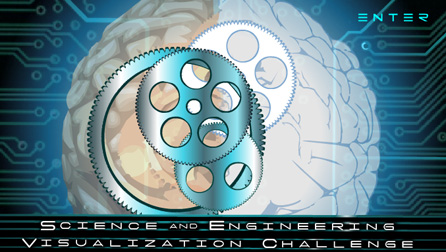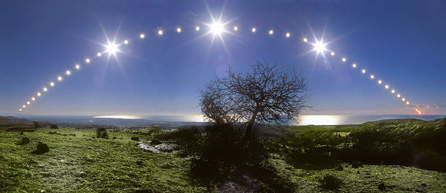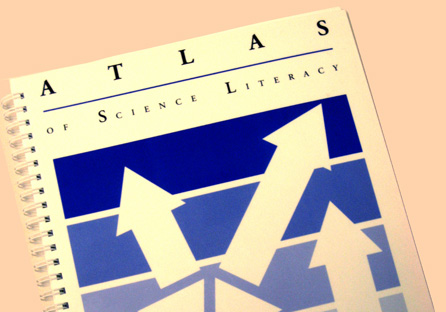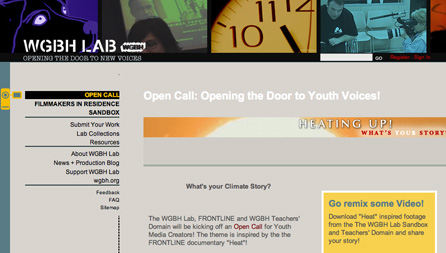Monday, January 19th, 2009 2:22 pm
Contributed by: Carol Minton Morris
Public health and safety, security, sanitation, logistics, and operations are just a few of the buzz words around Washington D.C. this week as the 44th President of the United States is sworn in on January 20, 2009 in front of crowds that have been estimated to grow to three to five million people. Among the many skills that Barack Obama brings to his new job is a unique and impressive ability to coordinate people, technology and ideas to enable collaborative achievement. His historic inauguration as the nation’s first African American President will highlight that ability as people from all over the United States gather in the nation’s capital. Many of the complex physical infrastructures that make sweeping national celebrations like this one possible are based on principles of science and engineering. The following NSDL resources highlight related topics and issues.

“Picturing the Inauguration: The Readers’ Album” is an interactive feature from the New York Times that encourages readers to contribute photos that reflect their inauguration experiences.
—
From BEN (Biological Sciences Pathway)
Sanitation and Human Health
The purpose of this Science NetLinks lesson is to develop an understanding of the impact of improved sanitation on human health. In this lesson, students learn something about the ways that sanitation technology has helped people by examining the history of sanitation in the context of disease outbreaks and comparing the quality of life in those times to that of today. More information here.
—
From the Internet Scout Project
Information and Communication Technology
Communication is a central aspect of all our lives. Today, our modes of communication are highly dependent on technologies such as the internet, wireless networks, phones, and computers. This issue of Internet Scout Topic in Depth explores the ways these forms of communication are part of our lives and highlights some new directions in communication technology. More information here.
—
From the Engineering Pathway
Bullet Proof Composite Laboratory
This college level class project from the University of Florida encourages students to become materials science engineers. This exercise leads a student team through the design and construction of a cement composite to protect a fragile object from the destructive energy in a falling golf ball. More information here.
—
From the Engineering Pathway
Landfills: Building Them Better
In this lesson, students will learn about the three methods of waste disposal in use by modern communities. They will also investigate how engineers design sanitary landfills to prevent leachate from polluting the underlining groundwater. More information here.
—
From the Virgina Tech Electronic Thesis and Dissertations Collection
New Models for Crowd Control and Dynamics
This dissertation by Sadeq J. Al-nasur, Virginia Tech, investigates increased interest in modeling crowd and evacuation dynamics. Pedestrian models are based on macroscopic or microscopic behavior. In this work models that can be used for evacuation control strategies have been developed using a macroscopic modeling approach, where pedestrians are treated in an aggregate way and detailed interactions are overlooked. More information here.
—
From AMSER: Applied Math and Science Pathway
Institute for Security Technology Studies
The Institute for Security Technology Studies (ISTS) at Dartmouth College “is dedicated to pursuing research that addresses critical national needs for security technology and policy in cyber and emergency response environments.” Its interdisciplinary research draws from science, engineering, social science and policy perspectives to investigate critical security problems using existing technology and ideas, as well as by developing new technologies. More information here.









Posted in Topics: Education, Engineering, Interactive, Mathematics, Science, Technology, multimedia
View Comment (1) »